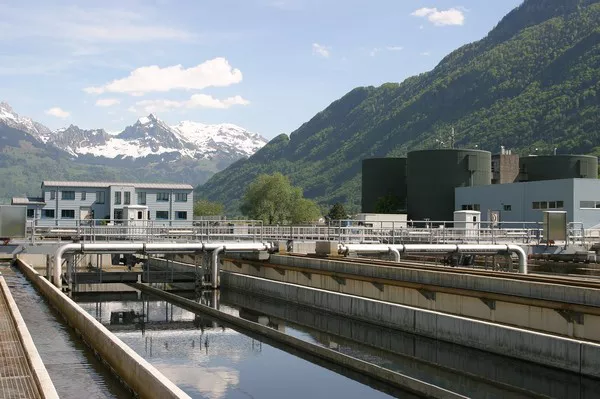As urban areas continue to expand, the issue of waste management becomes increasingly significant. Sewage treatment plants play a crucial role in processing and purifying wastewater before it is discharged into the environment. However, the proximity of residential areas to these facilities raises concerns about potential health and safety risks for those living nearby. This article aims to provide a comprehensive analysis of the safety of residing near a sewage treatment plant, considering various factors that may influence the well-being of local residents.
Understanding Sewage Treatment Plants:
Sewage treatment plants are designed to treat and purify wastewater from residential, industrial, and commercial sources. The treatment process involves the removal of contaminants, organic matter, and pathogens to produce treated effluent that meets regulatory standards. The treated water is then released into water bodies or used for non-potable purposes.
Safety Measures in Sewage Treatment Plants:
Modern sewage treatment plants are equipped with advanced technologies and safety measures to minimize the impact on the surrounding environment and communities. These measures include odor control systems, containment structures, and advanced treatment processes that significantly reduce the release of harmful substances. Regulatory agencies establish strict guidelines and standards to ensure that sewage treatment plants operate safely and effectively.
Air Quality Concerns:
One of the primary concerns for residents living near sewage treatment plants is the potential impact on air quality. Odor emissions, often associated with the treatment of sewage, can be a source of discomfort and concern for nearby residents. However, advancements in technology have led to the implementation of odor control systems in sewage treatment plants, significantly reducing the release of unpleasant odors. Additionally, strict regulatory standards govern air emissions from these facilities, further mitigating potential health risks.
Water Quality and Contamination:
Another crucial aspect of assessing the safety of living near a sewage treatment plant is the potential impact on local water quality. Treated effluent released into water bodies must meet stringent regulatory standards to ensure it does not pose a threat to aquatic ecosystems or human health. Regular monitoring and testing are conducted to verify compliance with these standards, providing assurance to nearby residents that the water quality remains within acceptable limits.
Health Risks and Studies:
Several studies have investigated the potential health risks associated with residing near sewage treatment plants. While some early studies suggested a correlation between proximity to these facilities and certain health issues, more recent research has indicated that modern sewage treatment plants, when operated according to regulations, pose minimal health risks to nearby residents. It is essential to consider the specific design, technology, and operational practices of the sewage treatment plant in question when evaluating potential health impacts.
Community Engagement and Communication:
Effective communication between sewage treatment plants and local communities is crucial for addressing concerns and ensuring transparency. Plant operators should engage with residents, providing information about safety measures, monitoring results, and emergency response plans. Community input can also contribute to the development of better practices and improvements in plant operations, fostering a collaborative approach to addressing any potential issues.
Emergency Preparedness:
Sewage treatment plants are required to have emergency response plans in place to address unforeseen events or accidents. These plans include measures to contain spills, minimize environmental impact, and protect public health. Residents should be informed about these emergency plans, and regular drills should be conducted to ensure that both plant operators and the community are well-prepared for any unexpected situations.
See Also Why Should Sewage Be Treated? An In-Depth Analysis
Conclusion:
In conclusion, residing near a sewage treatment plant can be safe when stringent regulatory standards are followed, and modern technologies and safety measures are in place. The potential concerns related to air and water quality, as well as health risks, can be effectively addressed through proper plant design, operation, and community engagement. As urban areas continue to grow, it is essential for municipalities, regulatory agencies, and residents to work collaboratively to ensure that sewage treatment plants operate safely and transparently, contributing to the well-being of both the environment and local communities.

